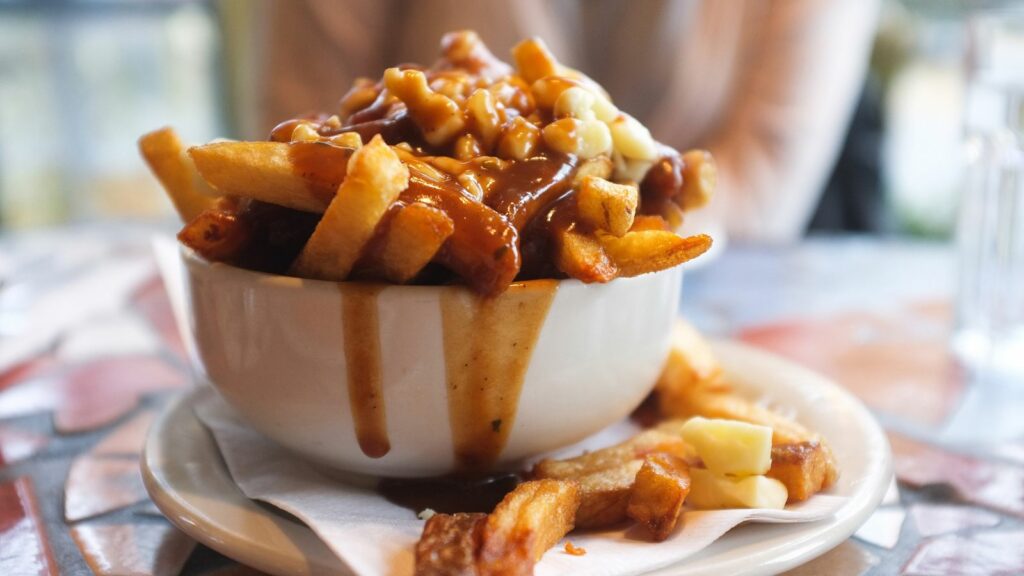Every country has its culinary comfort zone, the kind of dishes that don’t need a Michelin star to make you happy. In Canada, comfort food is a full cultural experience: hearty, inventive, and sometimes hilariously carb-loaded. From creamy chowders to maple-sweetened treats, these dishes define cold-weather coziness and small-town nostalgia. Yet, outside the country, many of them remain criminally underrated. Here are 15 Canadian comfort foods that should be famous worldwide.
Poutine
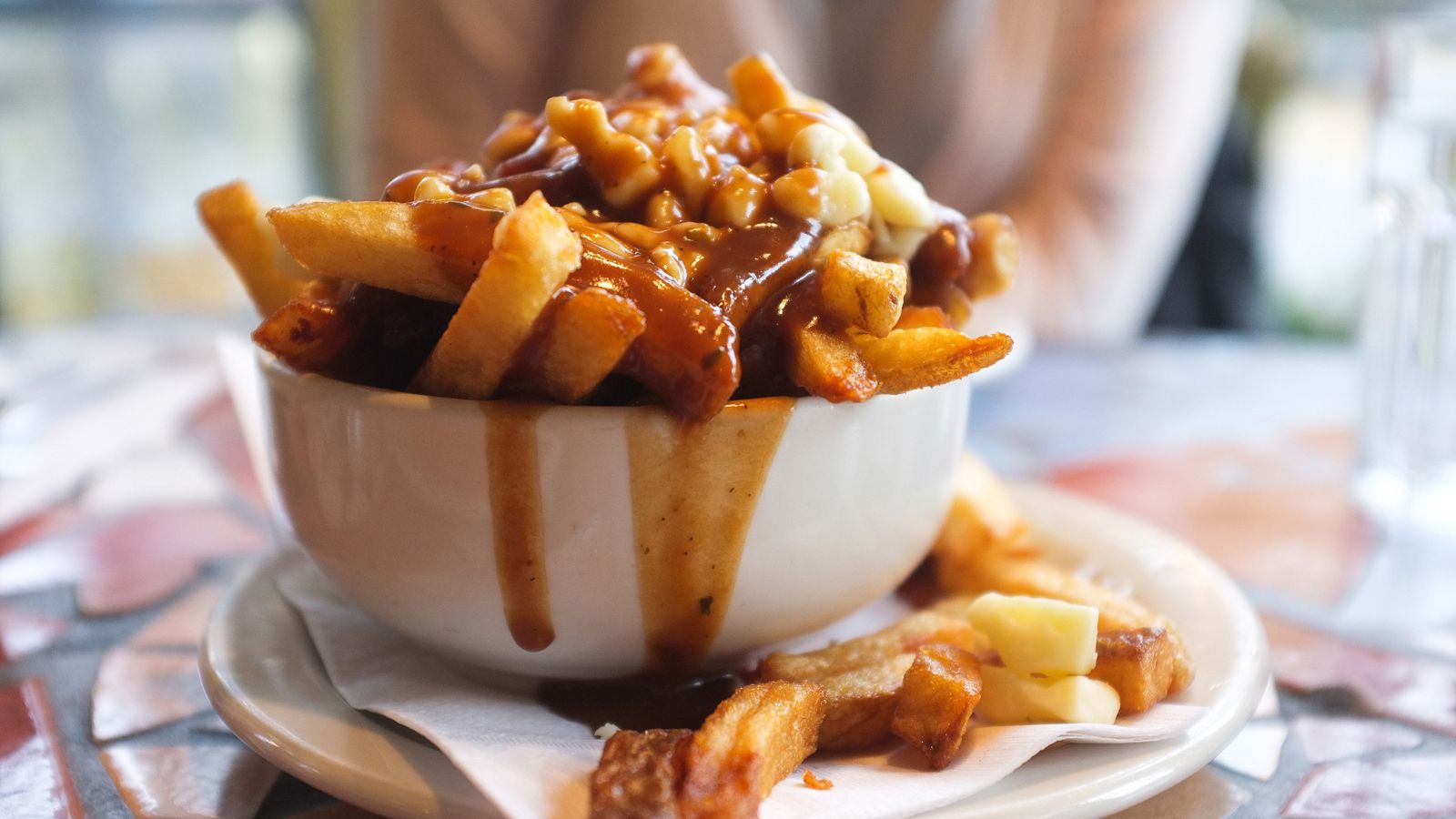
Few things bring more joy on a cold evening than a steaming plate of fries smothered in gravy and squeaky cheese curds. Born in Quebec in the 1950s, poutine has grown into a national favorite, appearing everywhere from roadside diners to upscale restaurants. The beauty of this dish lies in its perfect chaos, crispy fries softening under rich, meaty gravy, while the cheese curds melt just enough to stretch. Every region now adds its own twist, from pulled pork versions to truffle-oil upgrades. It’s messy, it’s heavy, and it’s pure satisfaction. Poutine isn’t fast food, it’s therapy served in a bowl.
Butter Tarts

A true Canadian staple, butter tarts are little pastry shells filled with a sticky mix of butter, sugar, and eggs. Some people swear by raisins, others see them as an abomination—either way, the gooey center and flaky crust make them irresistible. They first appeared in pioneer cookbooks in the early 1900s and haven’t changed much since. The taste is indulgent but not overwhelming, striking a perfect balance between crisp and syrupy. These tarts appear at bake sales, holidays, and roadside cafes all year round. Once you’ve tried one warm from the oven, every other dessert feels underwhelming.
Tourtière

Tourtière is a meat pie that’s practically synonymous with Quebec’s holiday season. Traditionally made with minced pork, veal, or beef mixed with warm spices like cloves and cinnamon, it’s a dish that smells like nostalgia. The flaky crust holds a savory filling that’s both comforting and aromatic. Families often pass down their own recipes, each one slightly different in seasoning or meat blend. While it’s popular at Christmas and New Year’s, many enjoy it year-round with ketchup or relish. Tourtière is proof that comfort food doesn’t need to be flashy, it just needs to taste like home.
Nanaimo Bars

Named after the city of Nanaimo, British Columbia, these no-bake bars are a layered dream: a crumbly chocolate-coconut base, custard-like middle, and glossy chocolate top. They’re easy to make and dangerously addictive. The contrasting textures, the firm base, creamy center, and crisp chocolate top make every bite satisfying. They became popular in the 1950s and have remained a dessert staple ever since. Coffee shops, bakeries, and grandmothers’ kitchens all serve them proudly. Despite their simplicity, Nanaimo bars hit that perfect balance of sweet and rich.
Bannock
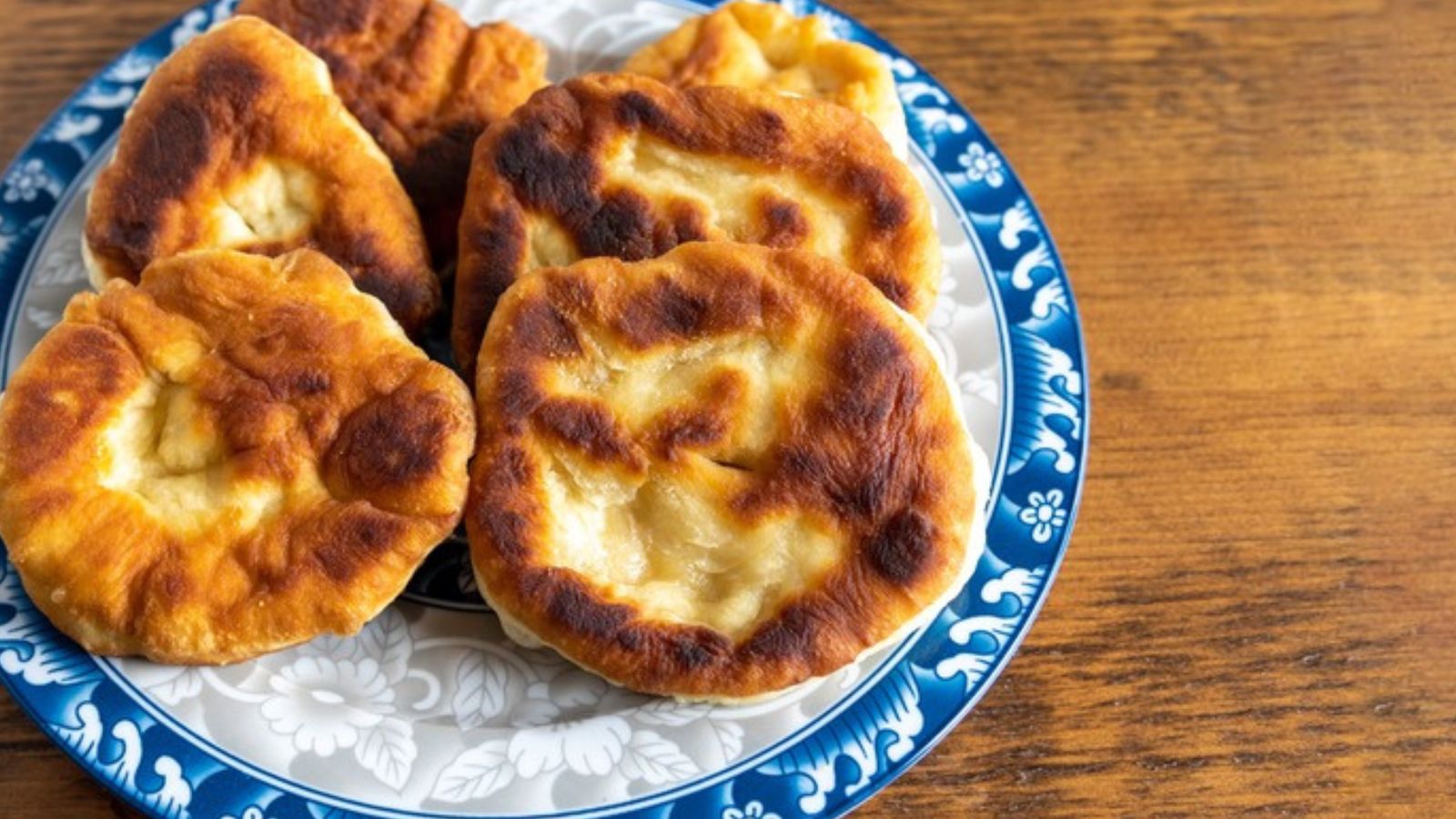
Originally a simple bread made by Indigenous peoples and later adapted by settlers, bannock has centuries of history baked in. It can be fried, baked, or cooked over a fire, depending on the recipe. The result is a dense, slightly crisp bread that pairs with anything, jam, soup, or just butter. Bannock symbolizes survival, adaptability, and community, often shared at gatherings and powwows. Modern versions use flour, baking powder, and milk, but the soul of the dish remains the same: nourishment that’s easy to make and deeply satisfying. It’s humble food with deep cultural roots and lasting comfort.
Split Pea Soup

Few dishes feel as comforting on a winter day as a steaming bowl of split pea soup. Traditionally made with yellow peas, salted pork, and aromatic vegetables, it’s a thick, hearty meal in itself. Originating from French-Canadian settlers, it became a staple for its affordability and simplicity. The long-simmering process gives it a rich texture and a savory, almost smoky flavor. It’s commonly served with crusty bread or toast, especially during Quebec’s cold months. Split pea soup might not look glamorous, but its warmth and flavor linger long after the bowl is empty.
BeaverTails
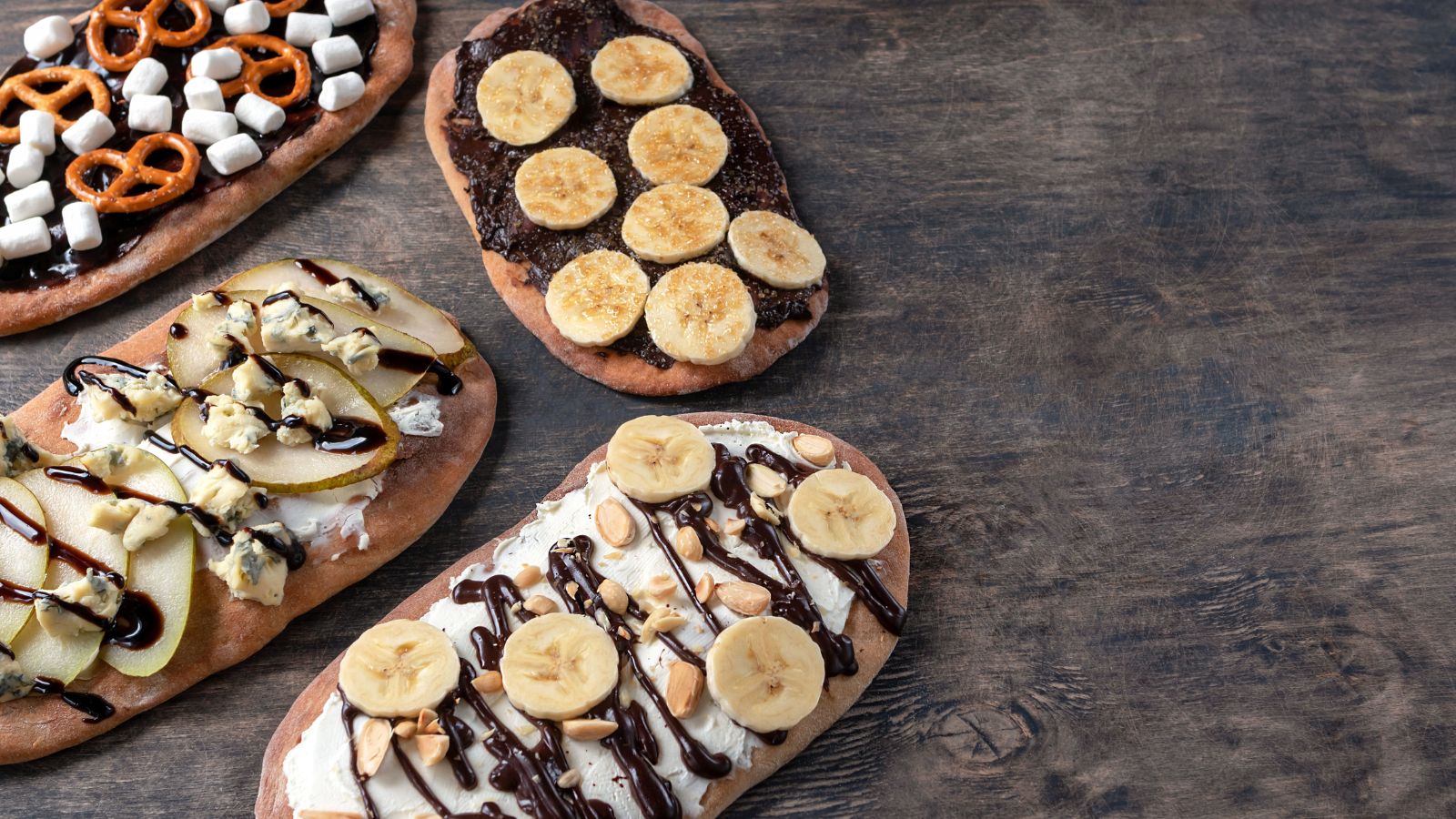
Don’t worry, no beavers are harmed here. BeaverTails are fried dough pastries stretched to resemble a beaver’s tail, then coated with cinnamon sugar or other toppings like Nutella, maple butter, or crushed cookies. They were first sold at Ottawa’s Rideau Canal in the late 1970s and have since become a winter staple at festivals. Crispy on the outside and soft inside, they’re the ultimate fair-food indulgence. They manage to combine nostalgia, comfort, and Canadian identity all in one bite. There’s something unpretentious yet joyful about standing in the cold, holding warm fried dough covered in sugar.
Montreal-Style Bagels
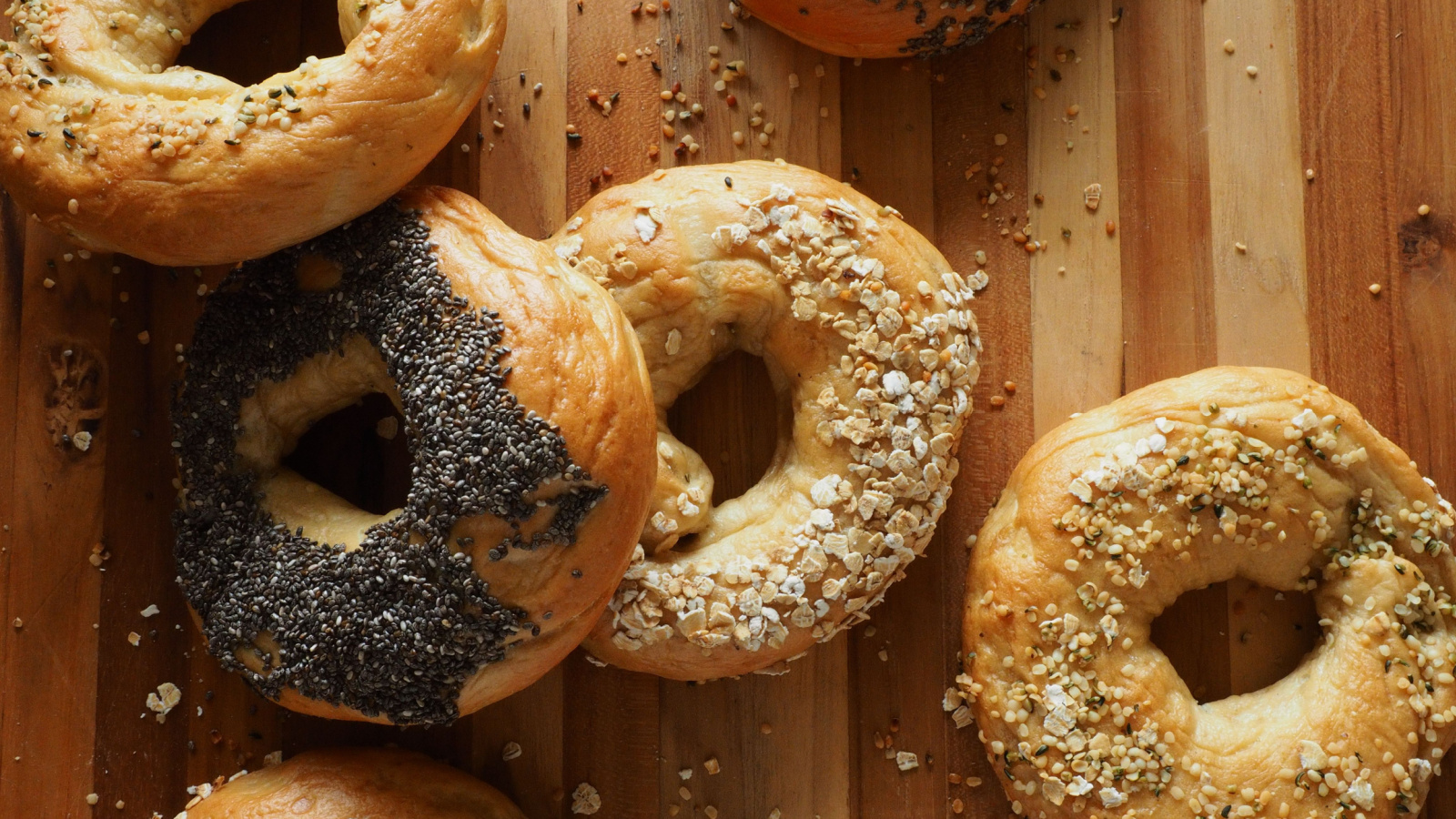
Unlike their New York cousins, Montreal bagels are smaller, denser, and slightly sweeter, boiled in honey water before baking in a wood-fired oven. The result is a chewy, golden ring with just the right hint of sweetness. Sesame and poppy seed varieties are the classics, often eaten plain or with cream cheese. Two iconic bakeries, St-Viateur and Fairmount Bagel, have been feeding locals for generations. These bagels are so beloved that visitors often buy them by the dozen to take home. Montreal-style bagels aren’t just breakfast; they’re a cultural experience and a symbol of local pride.
Lobster Roll (Atlantic Style)
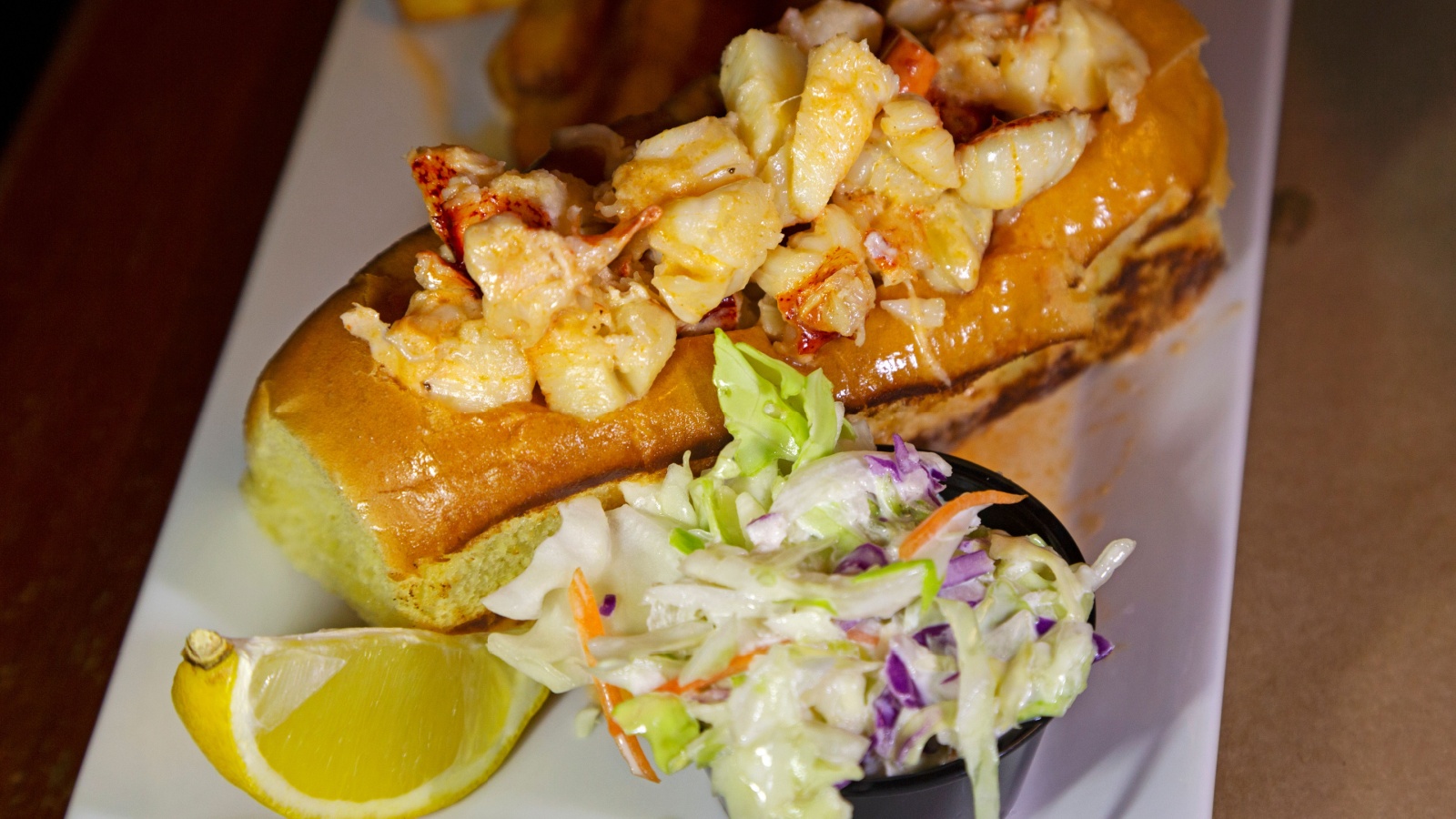
From the Atlantic provinces comes the buttery, decadent lobster roll. Fresh lobster meat mixed with a bit of mayo and lemon, stuffed into a toasted bun, it’s a simple concept executed perfectly. The key is freshness: lobster caught that morning and served that afternoon. Some prefer it cold and creamy; others serve it warm and buttered. Either way, it’s a coastal delicacy that deserves world fame. The combination of soft bread, rich shellfish, and light seasoning makes every bite luxurious yet unfussy. It’s comfort food for anyone who loves the ocean and a little indulgence on their plate.
Saskatoon Berry Pie

Made with small purple berries native to the prairies, Saskatoon berry pie has a tart-sweet flavor that’s both distinct and nostalgic. The berries resemble blueberries but have a nuttier taste. Combined with a buttery crust and a hint of lemon or cinnamon, the pie achieves a perfect flavor balance. It’s a summer favorite across the Prairies, often served at picnics and family reunions. Many small towns host festivals celebrating this fruit, showcasing how central it is to local traditions. Saskatoon berry pie proves that regional ingredients can create world-class desserts with minimal fuss.
Peameal Bacon Sandwich
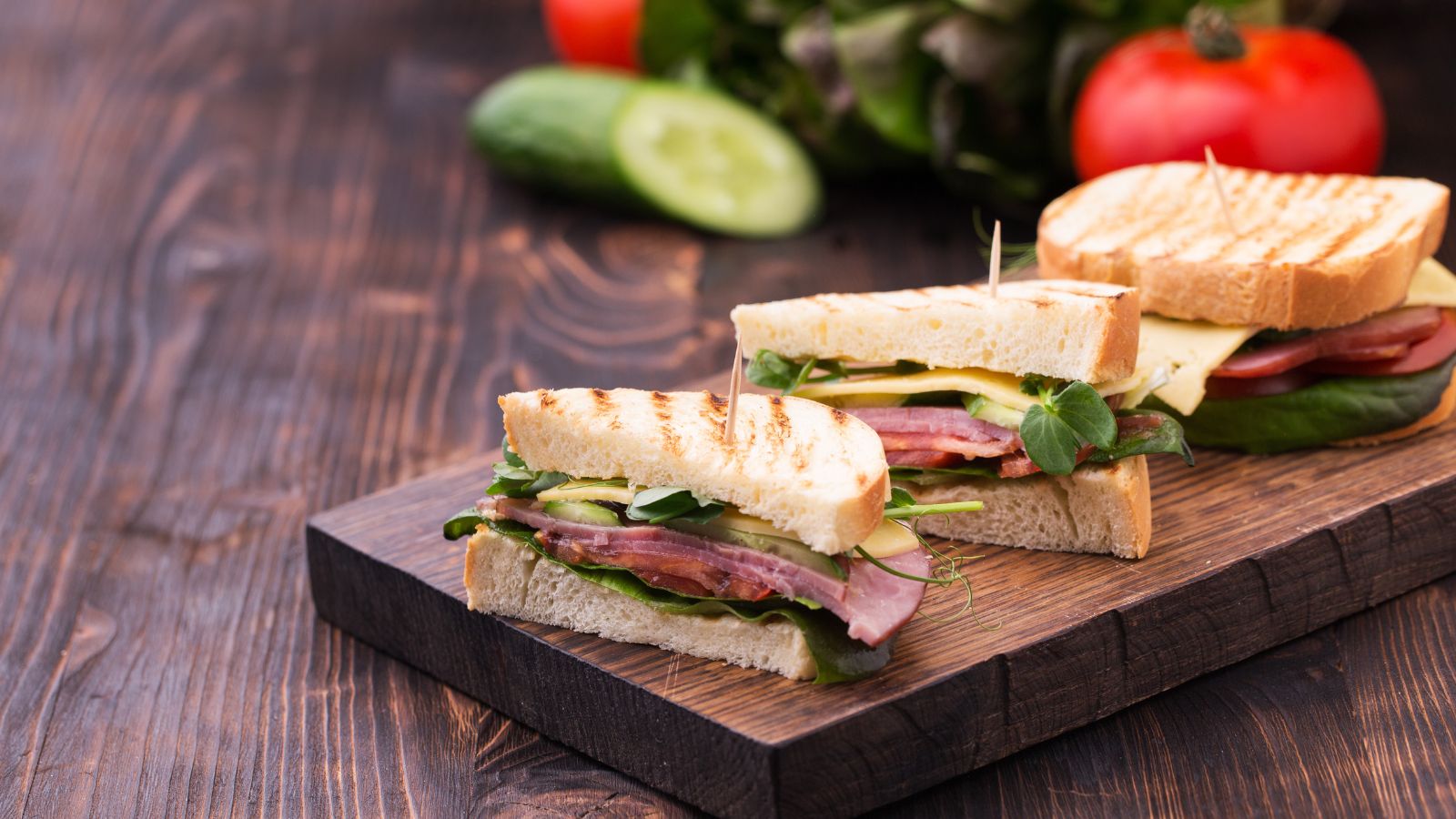
Toronto’s iconic comfort food, the peameal bacon sandwich, features lean, cornmeal-coated back bacon served on a soft bun, usually with mustard. The meat is juicy and flavorful, combining the smokiness of ham with the tenderness of pork loin. Traditionally found at the St. Lawrence Market, it’s the city’s go-to breakfast or lunch fix. Simple but deeply satisfying, this sandwich strikes the perfect balance of salty, savory, and soft textures. It’s proof that comfort doesn’t need ten ingredients or fancy sauces, just good meat, warm bread, and a moment of silence before the first bite.
Maple Taffy (Tire sur la neige)
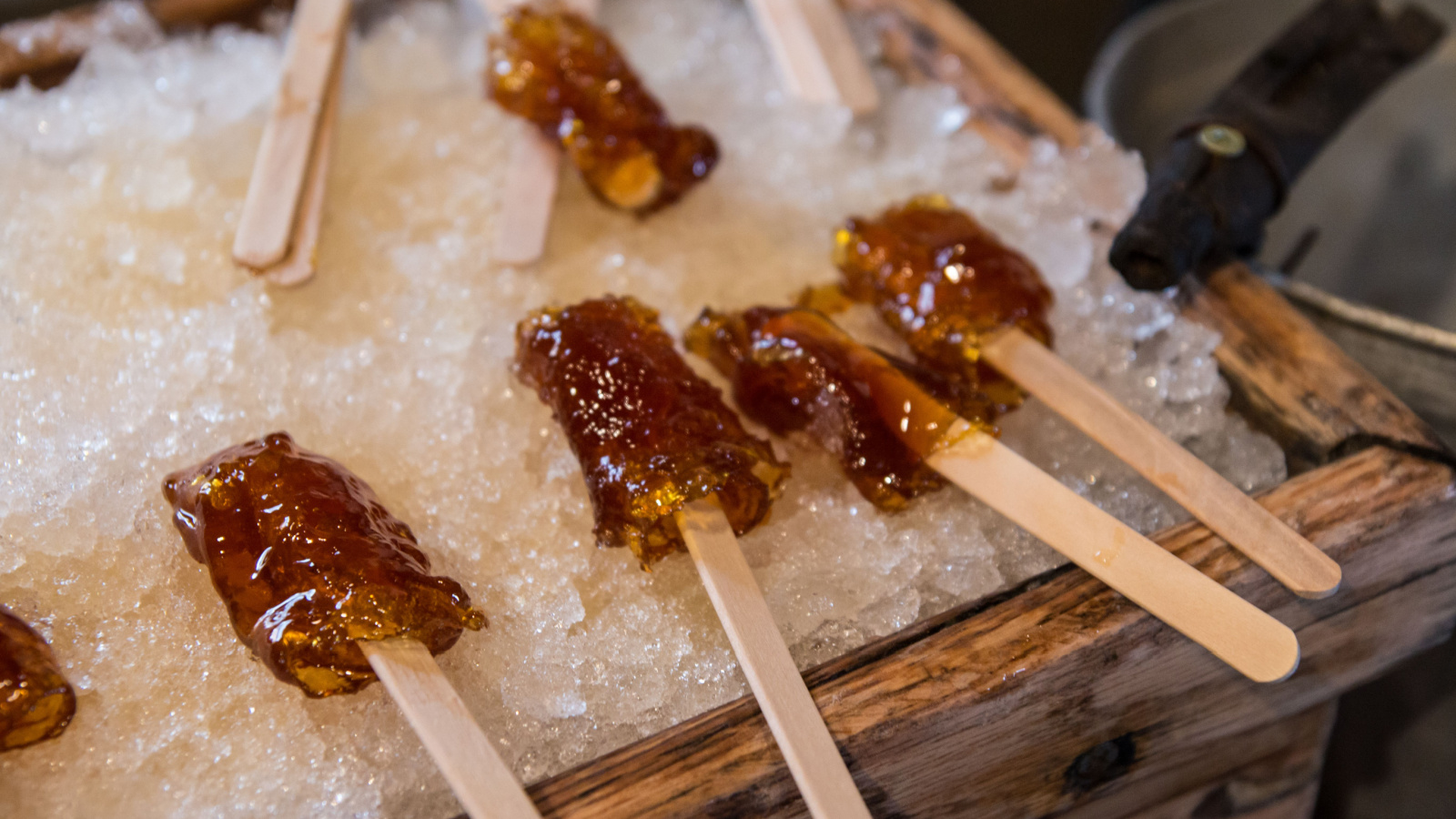
This winter treat involves boiling maple syrup to a precise temperature and pouring it over fresh snow to create a chewy, caramel-like candy. It’s a highlight of sugar-shack season, especially in Quebec, where families gather to make and eat it outdoors. The sweetness is pure and intense, yet somehow never cloying. The ritual itself, rolling the cooled syrup onto a stick, is half the fun. It captures everything Canadian comfort food stands for: simplicity, nature, and shared joy. Few experiences feel as authentically northern as enjoying maple taffy on a cold, sunny afternoon.
Fish and Brewis
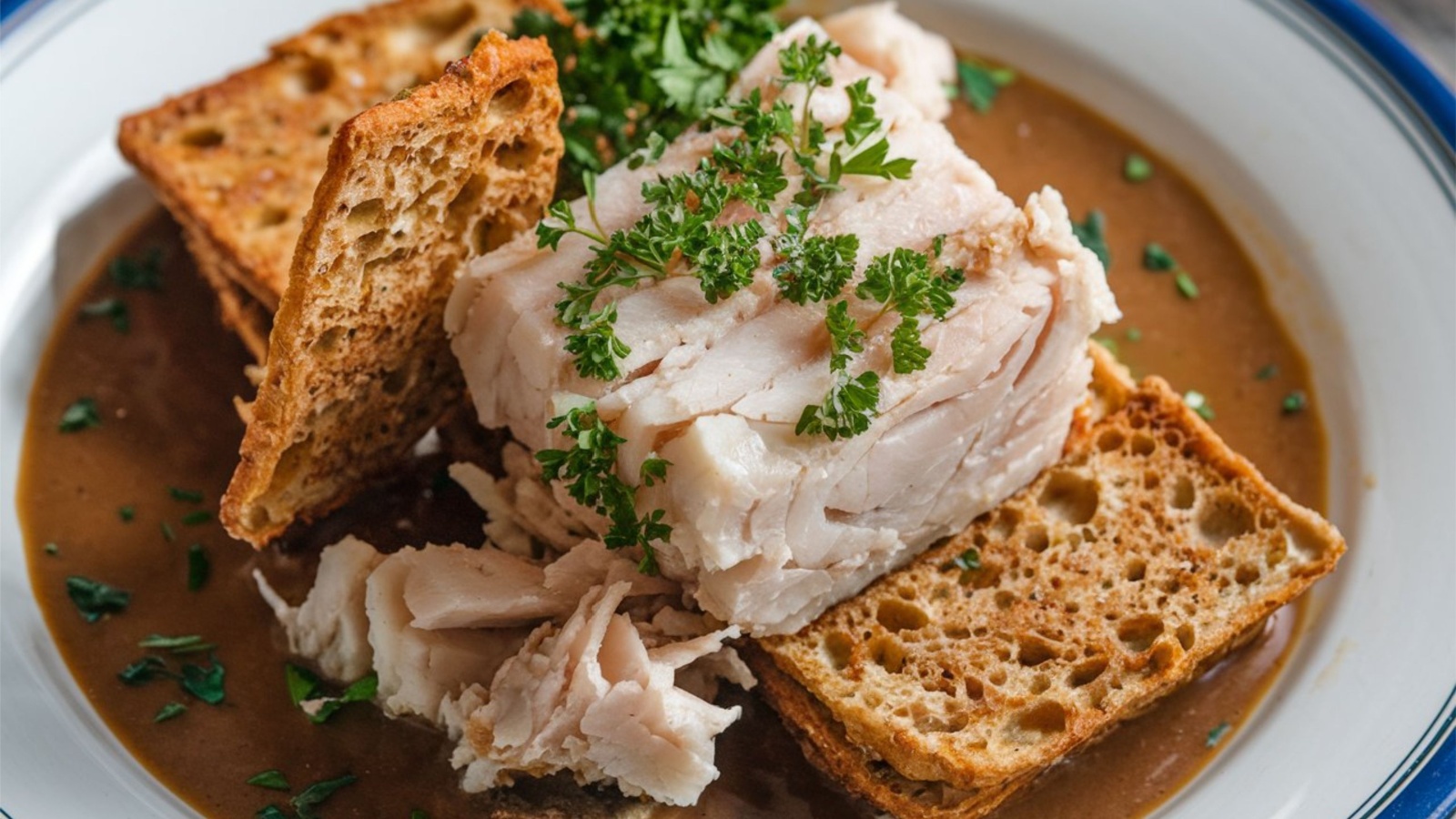
A Newfoundland classic, fish and brewis combines salt cod, hard bread, and scrunchions (crispy bits of salted pork fat). Soaked overnight and boiled together, it creates a salty, hearty dish that fueled generations of coastal workers. It’s an acquired taste for outsiders but deeply nostalgic for locals. The mix of textures, the tender fish, softened bread, and crunchy pork, is oddly satisfying. Fish and brewis tells a story of resourcefulness: using preserved ingredients to make something filling and flavorful. For many Newfoundlanders, this dish isn’t just food, it’s a reminder of family, survival, and home.
Smoked Meat Sandwich
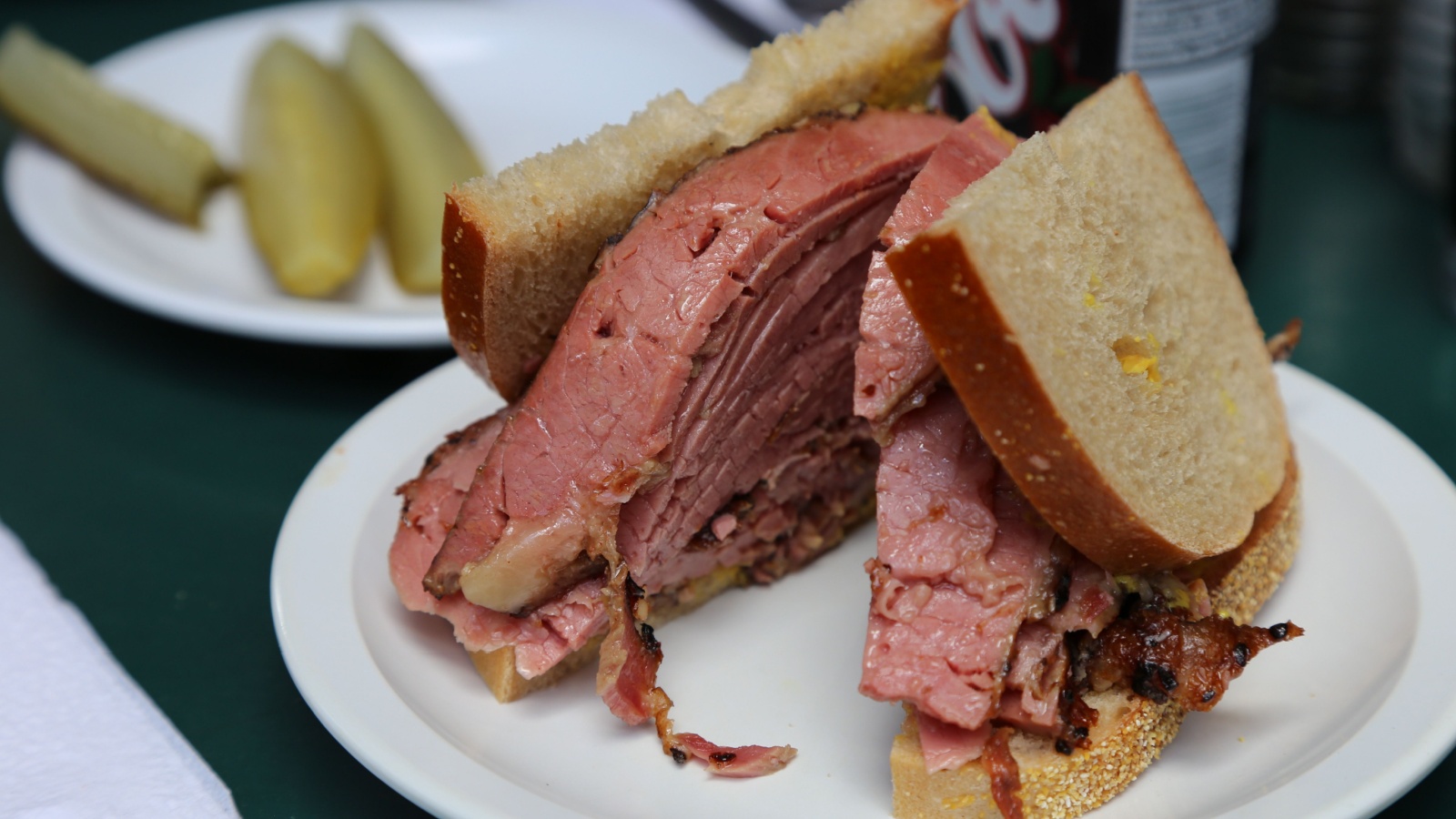
Montreal’s smoked meat sandwich is a deli masterpiece, stacked high with peppery, tender brisket on rye bread, typically served with mustard and a pickle. The meat is cured, smoked, and steamed for hours until it melts in your mouth. Schwartz’s Deli has been serving it since 1928, drawing lineups that last for decades. What sets it apart is the balance of spice, salt, and fat, a perfect storm of flavor and texture. It’s hearty, messy, and utterly satisfying. The smoked meat sandwich is comfort in its purest form, and once you try it, no other deli sandwich compares.
Donair
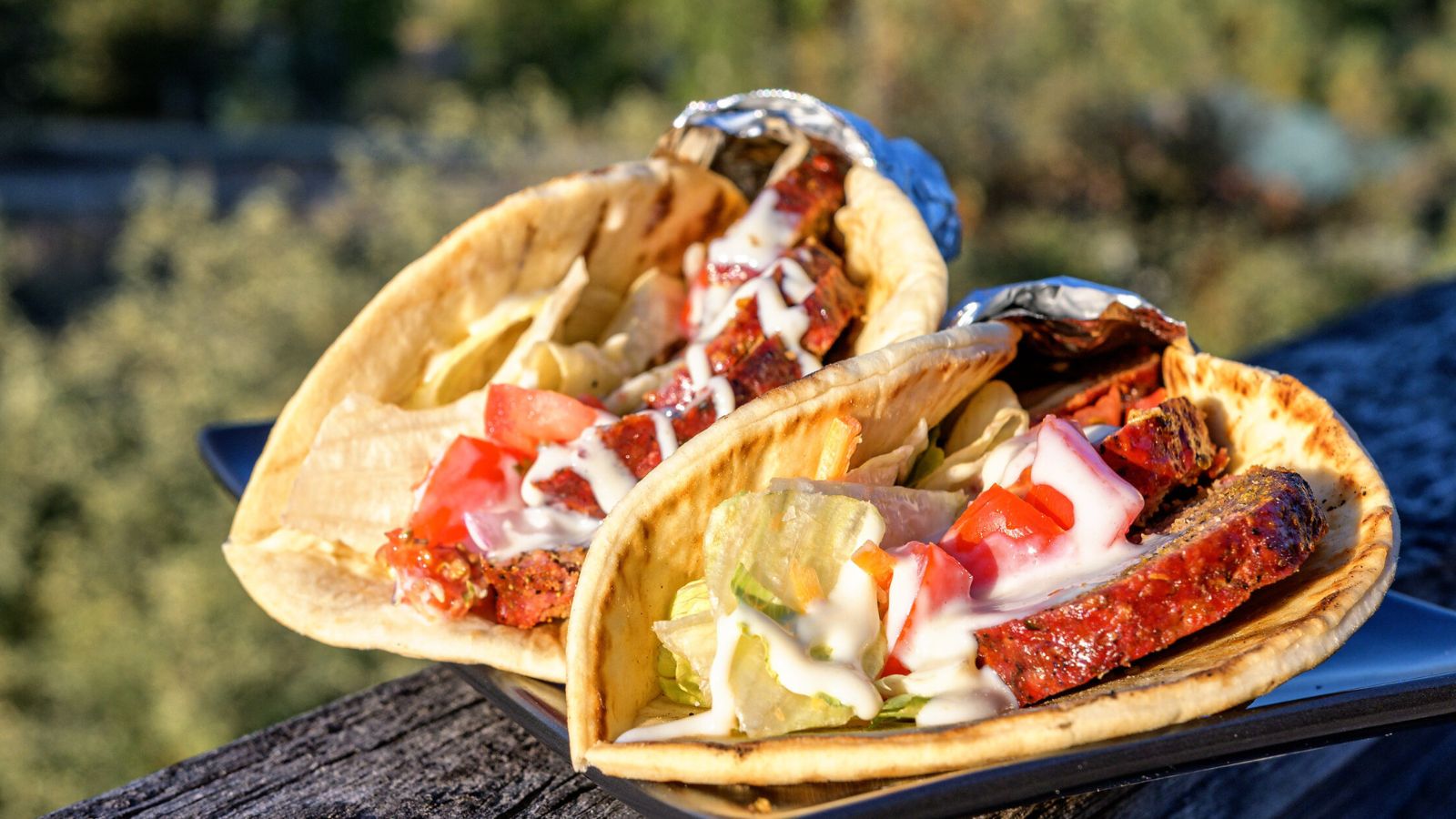
Halifax’s signature street food, the donair, is a Canadian twist on the classic döner kebab. Made with spiced beef, sweet condensed milk sauce, onions, and tomatoes wrapped in pita, it’s messy but magical. The flavor combination, savory meat and sugary sauce, shouldn’t work, yet somehow it does. It’s a late-night staple across the Maritimes and a cult favorite among Canadians abroad. The donair reflects Canada’s knack for remixing global cuisine into something uniquely its own. With every bite, you taste both cultural adaptation and unapologetic indulgence. It’s fast food with heart, and it deserves international recognition.
21 Products Canadians Should Stockpile Before Tariffs Hit

If trade tensions escalate between Canada and the U.S., everyday essentials can suddenly disappear or skyrocket in price. Products like pantry basics and tech must-haves that depend on are deeply tied to cross-border supply chains and are likely to face various kinds of disruptions
21 Products Canadians Should Stockpile Before Tariffs Hit
